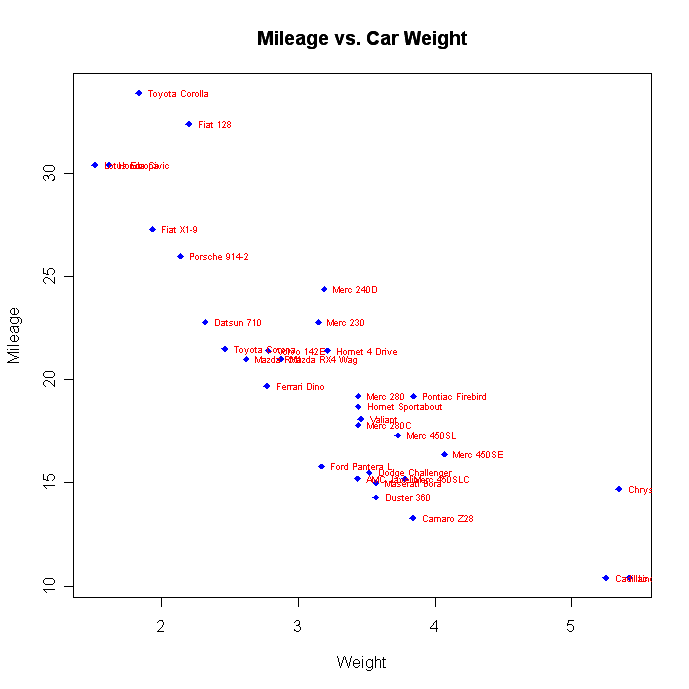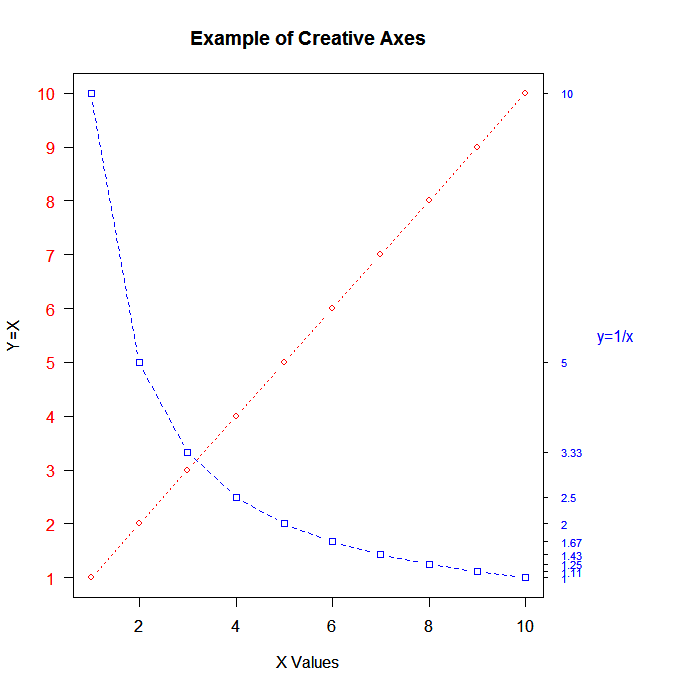Axes and labels in R
Improve your graphs in R with titles, text annotations, labelling of points, minor tick marks, reference lines, custom axes, and a chart legend.
Feb 2024 · 4 min read
RelatedSee MoreSee More
tutorial
Graphics with ggplot2 Tutorial
Data visualization is an essential skill for data scientists. It combines statistics and design in meaningful and appropriate ways.
DataCamp Team
6 min
tutorial
How to Make a ggplot2 Histogram in R
Learn how to make a ggplot2 histogram in R. Make histograms in R based on the grammar of graphics.
Kevin Babitz
15 min
tutorial
15 Easy Solutions To Your Data Frame Problems In R
Discover how to create a data frame in R, change column and row names, access values, attach data frames, apply functions and much more.
Karlijn Willems
35 min
tutorial
R Formula Tutorial
Discover the R formula and how you can use it in modeling- and graphical functions of well-known packages such as stats, and ggplot2.
Karlijn Willems
33 min
code-along
Exploratory Data Analysis in R for Absolute Beginners
Learn the basics of exploring new datasets in R.
Ishmael Rico
code-along
Visualizing Video Game Sales Data with ggplot2 in R
Learn to do exploratory data analysis and create visualizations with ggplot2.
Richie Cotton


